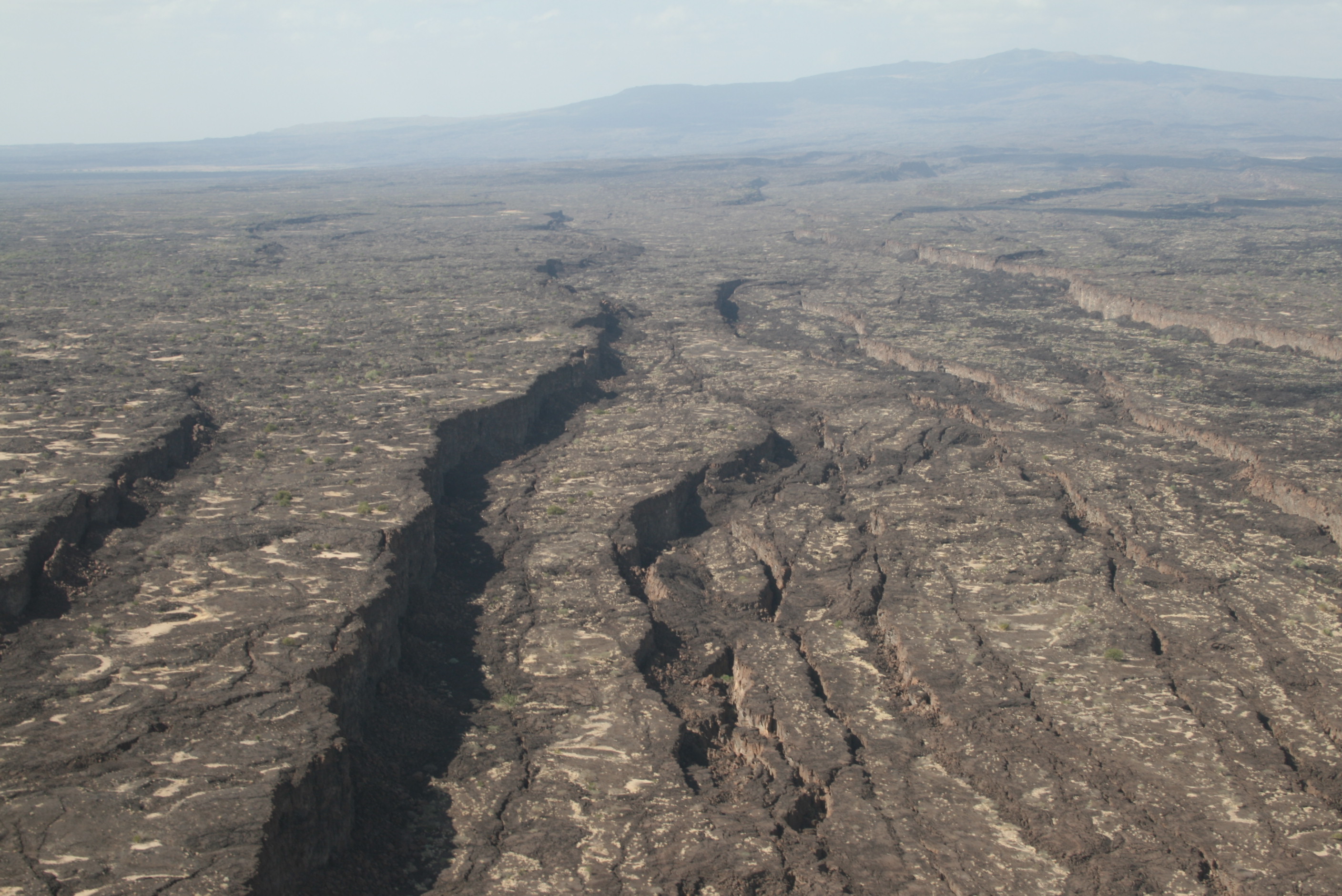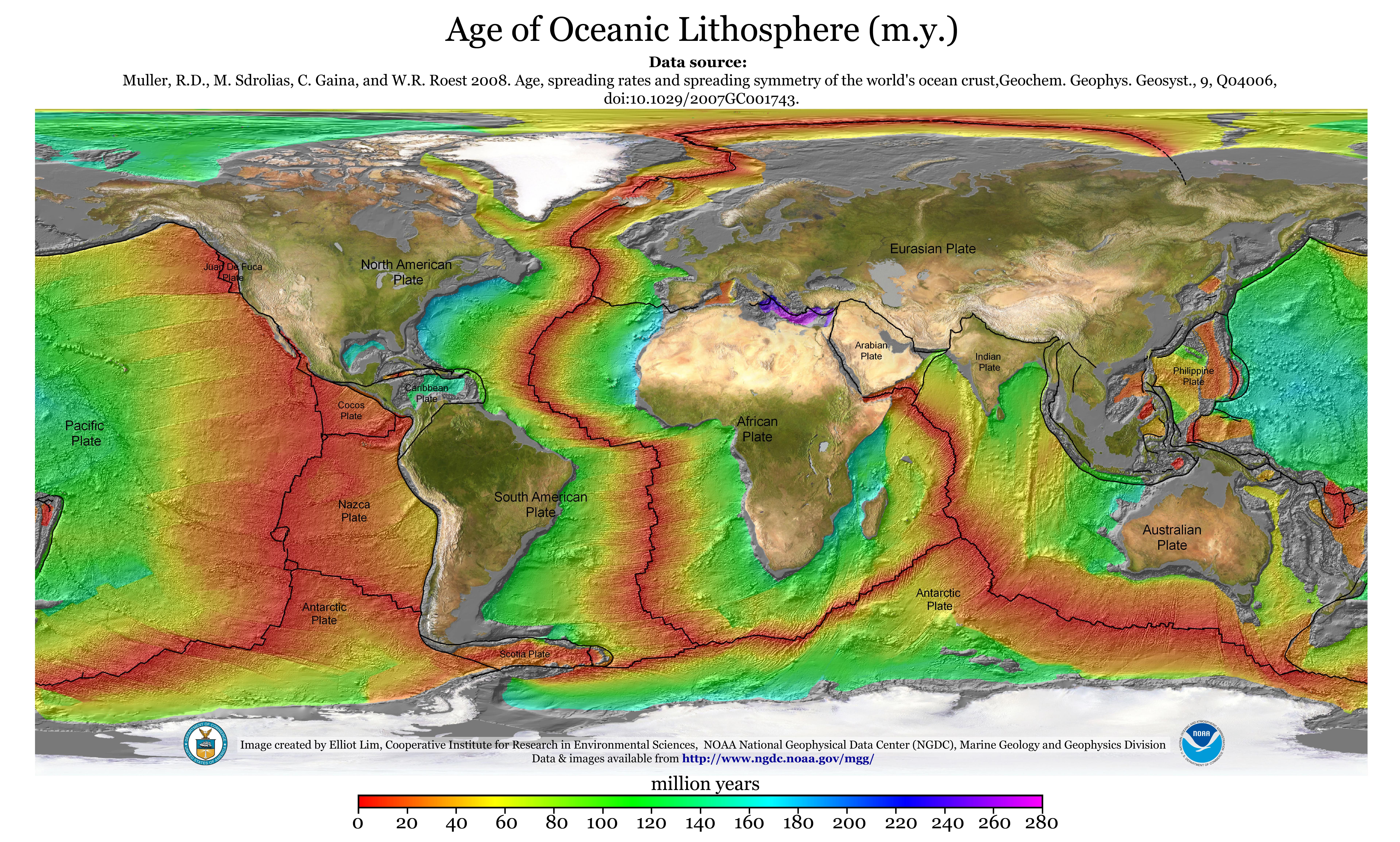Due to this continuous seafloor spreading occurs and makes atlantic ocean floor to be connected to other continental crust making the ocean gets wider over the time.
Sea floor spreading real world examples.
Whats people lookup in this blog.
The differences in spreading rates affect not only the geometries of the ridges but also the geochemistry of the basalts that are produced.
This idea played a pivotal role in the development of the theory of plate tectonics which revolutionized geologic thought during the last quarter of the 20th century.
Subduction and sea floor spreading are processes that could alter the size and form of the ocean.
Seafloor spreading theory that oceanic crust forms along submarine mountain zones and spreads out laterally away from them.
Since the new oceanic basins are shallower than the old oceanic basins the total capacity of the world s ocean basins decreases during times of active sea floor spreading.
The magnetism of mid ocean ridges helped scientists first identify the process of seafloor spreading in the early 20th century.
Seafloor spreading definition a process in which new ocean floor is created as molten material from the earth s mantle rises in margins between plates or ridges and spreads out.
Basalt the once molten rock that makes up most new oceanic crust is a fairly magnetic substance and scientists began using magnetometers to measure the magnetism of the ocean floor in the 1950s what they discovered was that the magnetism of the ocean floor around.










